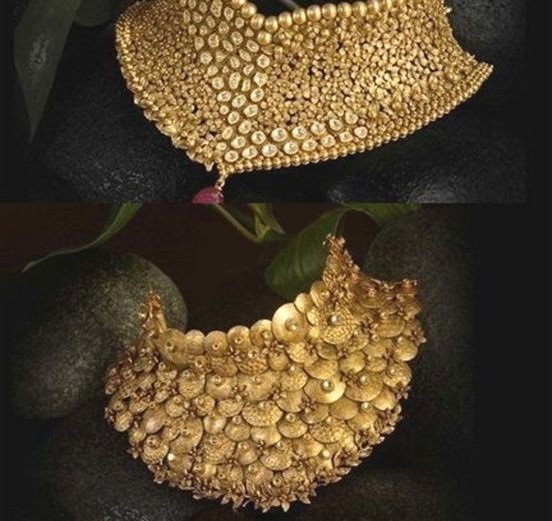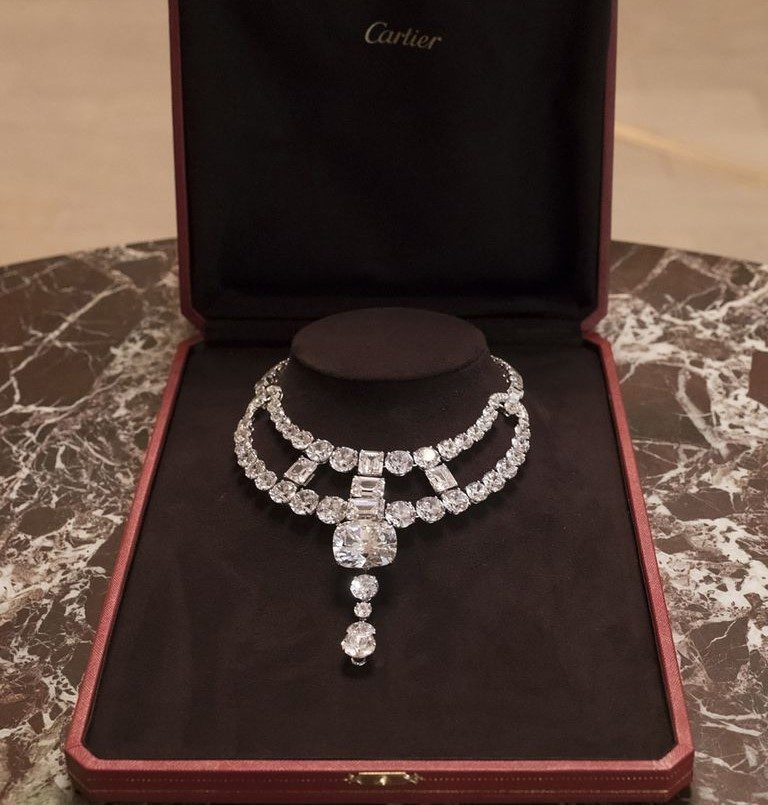Today, a jewelry heist may seem like something that only happens in books of history or in fictional worlds.
However, it’s true that jewelry thefts happen more frequently than you might imagine in the UK nowadays, particularly in London.
The 2015 Hatton Garden safe deposit box burglary worth £14 million of jewelry, gold, and cash, may be the most well-known and biggest heist in recent memory.
Six elderly men who were skilled thieves planned and executed the theft; they were all apprehended, entered guilty pleas, and were all sentenced to jail in March 2016.
Four further men were tried on suspicion of being involved; three of them were convicted and sentenced to jail, while the fourth man was exonerated.

Police quickly arrested the men who were at fault. The Metropolitan stated less than two months later that nine people had been detained in connection with the investigation.
Only £4.3 million (equal to £5.1 million in 2021) of the total stolen, which was expected to be worth up to £14 million (equal to £17 million in 2021), has been recovered, according to government sources.
The Hatton Garden heist was an exception to the rule, as smash-and-grab crimes more frequently occur in some of London’s most well-known jewelry trade hotspots—one of which happened on New Bond Street in 2009.
Contents
How Did The Heist Take Place?
The burglars operated over the Easter Bank Holiday’s four-day weekend when many surrounding businesses (many of which were also associated with Hatton Garden’s jewelry industry) were closed.
There were no obvious signs of forced entry to the property from the outside.
The robbers reportedly used a Hilti DD350 industrial power drill to drill through the 50 cm (20 inch) thick vault walls after entering the building through a lift shaft.
The facility was first reported as having been broken into by the police on April 7.
According to accounts based on CCTV footage (published by the Daily Mirror before the police), the attack on the facility started on April 2.
The persons in the video go by the monikers “Mr. Ginger, Mr. Montana, Mr. Strong, The Gent, The Tall Man, and The Old Man” according to the publication.

On April 22, the police released images of the inside of the vault that showed the damage the burglars had done as well as how they had cut holes through the wall of the vault to get past the main vault door.
The heist was of such importance that the Metropolitan Police Service of London’s Flying Squad, a division of the Specialist, Organized & Economic Crime Command, was tasked with conducting the investigation.
On April 8, press sources suggested that the nearby Kingsway big subterranean fire may have been created as a diversion during the Hatton Garden theft.
Later, according to the London Fire Brigade, there was no evidence of intentional sabotage, and the fire was caused by an electrical failure.
In order to gain access to the safe deposit boxes at Hatton Garden Safe Deposit Company, the robbers first arrived in a van posing as gas repairmen.
They then drove up to the building and used the fire escape to enter.
Evans claimed that the failing 10-ton hydraulic ram was the reason the raid took two days and that the squad had to leave and come back.
The plan was developed over the course of three years, with monthly meetings held at The Castle on Pentonville Road in Islington, North London.
How Many Of The Hatton Garden Robbers Get Caught?
Five of the thieves responsible for the largest robbery in British history have received a total sentence of 34 years in prison.
Terry Perkins, 67, John Collins, 75, Daniel Jones, 61, Carl Wood, 59, and William Lincoln, 60, admitted to robbing safety deposit boxes in Hatton Garden last year of jewels valued at about £14 million.
Wood received a six-year sentence while the other four guys received seven-year terms. Another robber, Hugh Doyle, a 48-year-old male, received a 21-month sentence with suspension.
Brian Reader, the ringleader, missed court due to a second stroke he had while inside. According to the BBC, he will be sentenced at a later time.

When these guys were awaiting trial for the crime, there was another missing suspect in the Hatton Garden robbery who was a former police officer.
The mysterious individual, named “Basil,” was suspected of being the mastermind behind the jewelry district raid in London, which led to the theft of $14 million in goods, of which £9 million is still missing.
Daniel Jones, 58, who admitted his role in the crime in a letter from behind bars, provided additional information on his missing partner.
Later on, it was found out that Basil’s real name was Michael Seed. He was found guilty in 2019, yet he managed to avoid detection for three years after going missing during the robbery in 2015.
Police identified Michael Seed in November 2015 after a massive manhunt, but they didn’t arrest him until March 2018 when they could catch him in the act with more than 100,000 stolen goods from the robbery.
Gold ingots, jewels, and jewelry valued at $143,000 were discovered in Seed’s bedroom during the search of his Islington house.
He was suspected of dismantling jewelry from the collection on his bedroom workstation and melting down gold.
After being found guilty of conspiring to rob the Hatton Garden Safe Deposit Company, Seed was brought to justice in March 2019.
How Much Has Been Recovered?
Only £4.3 million (equal to £5.1 million in 2021) of the total stolen, which was expected to be worth up to £14 million (equal to £17 million in 2021), has been recovered, according to government sources.
According to police, two-thirds of the stolen money and jewelry have not yet been found.

